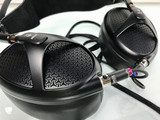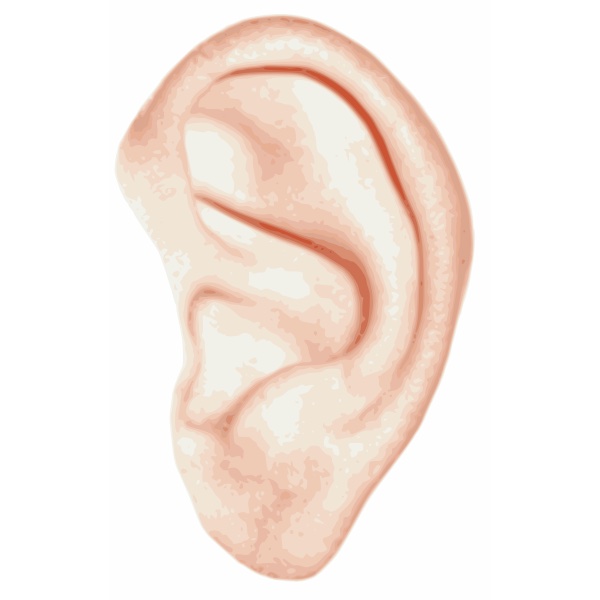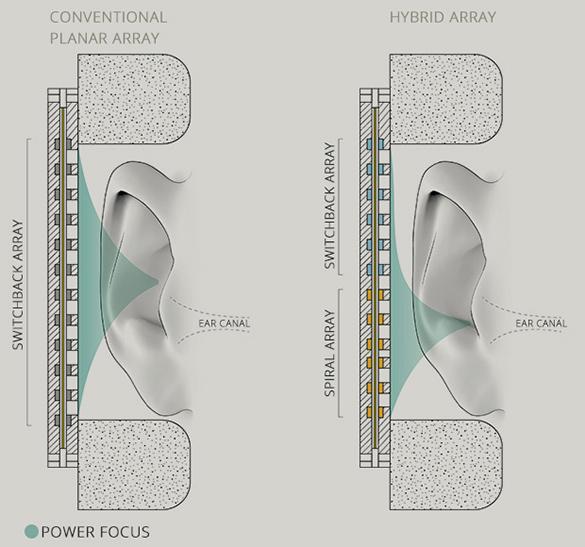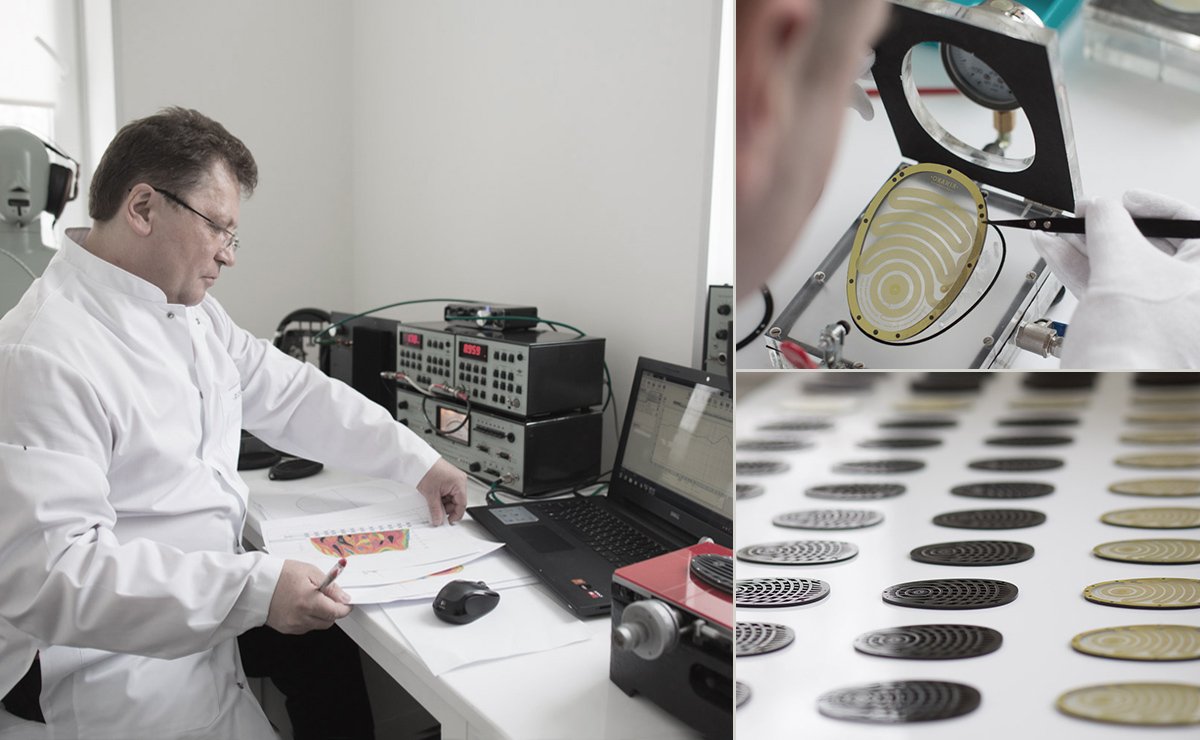TMR Exclusive Review: Meze Empyrean Headphones, Part 1

So there I was, doing some research for this Meze Empyrean headphone review, and I was staring at a chart of the human ear which pointed out the major features in the cartilage like the Darwin’s Tubercle and the Intertragal Notch. You know, the normal stuff you get into when you’re playing around with planar magnetic headphones.

With the enlarged image of a human ear in front of me, I was reminded of a remark I had made to a coworker at the most recent Rocky Mountain Audio Fest audio show back in 2019. We were scouring floors of the massive hotel looking for specific rooms to blog about and photograph, but for some reason I could not stop staring at show attendees’ ears.
What is it about audiophile ears? Perhaps it’s just something I was fixated on at the time, and if I took the same fascination to the beach I could find an equally disparate and varied set of ear shapes, but good grief. I saw more interesting and unique ear shapes than I ever expected to… wait, didn’t we have a job to do? We did, and we got back to work, but the ears memory sticks with me.
Try that sometime. Just look around at the amount of variation you see in the shapes of ears, from the Lobule to the Pinna and everything in between. In the context of speakers and a stereo system, this ear diversity doesn’t matter so much, but in the headphones world, it matters a great deal. And the beautiful pair of Meze Empyrean headphones I’ve got here sure sport some flashy looks, but their principle design objective is aimed at producing the same sound for all ears.
Romanian planar magnetic headphones manufacturer Meze’s design staff decided that a targeted approach directly toward the eardrum which minimizes the influence of other parts of the ear — which may vary more in the general population — is a path toward guaranteed sonic resolution.
The hybrid driver array Meze came up with is possibly the most sensible innovation I’ve heard of in the sector of the headphones industry that already claims the most bleeding edge tech. Planar headphones makers will make your unique ears numb with chatter about a “patented approach” and “proprietary materials,” but often it’s hard to translate the descriptions they give to how it will sound — you know, what everyone actually wants to know.

If you’ve gotten a chance to hear a set of planar magnetic headphones before, you’ve likely already gotten a sense of their strengths. Low distortion, high SPL (sound pressure level), and, based on the design of the cups and makeup of the earpads, typically extremely wide and even bandwidth.
I’ve got a lot of experience with planar headphones, having years ago been part of the legendary Head-Fi.org modification forum thread focused on the Fostex T50RP studio monitor planar headphones. I got to watch “Mr. Speakers” AKA Dan Clark start an entire headphones business from his clever planar mod on that thread. And in my years as a recording engineer, I also used the un-modded T50RP originals to great effect as in-studio monitors. Planar headphones’ strengths are also useful there, where clarity is required amid a chaotic environment.
Often in my history of listening to this style of headphone, I’ve found the sound can change significantly based on where the drivers are positioned vertically on the head. And it’s not just the driver’s directionality — in different positions the earpads can seal to your jaw or temple differently, affecting the bass response. So I understand why Meze are trying to standardize the location of critical parts of the sound spectrum — makes perfect sense.
The Meze Empyrean "hybrid" array, just like many full-size planar loudspeakers, has different areas of focus for different parts of the spectrum. It's a mixture of two different styles of voice coil (how the copper wires are imprinted onto the planar material), each style with its own strengths. To lock in the position of the all-important treble energy, Meze uses the spiral design directly in front of the ear canal. Above those spirals, the switchback design handles less-directional bass waves with pure authority.

Power sensitivity
One of the questions on most people’s minds when it comes to headphones — and it shouldn’t be, especially with premium, state-of-the-art headphones like these — is can they be powered with just a cell phone. If I sound judgy about this, it’s because I’ve heard headphones go directly from “meh” to magnificent with just a little more power. But yes, actually, with an impedance of 31.6 Ohms and a high sensitivity, they will be some of the best sounding planars you’ll ever hear on the phone.
That’s enough of that, because in this category of headphone, the owner is much less likely to accept a puny phone headphone amplifier as sufficient to power these than he is to already own several headphone amplification options.
And this being The Music Room, a place which boasts more in-stock high end used audio gear than anywhere else in the world, I should be able to find something to pair with the Empyreans, que’ no?
Stay tuned for sonic impressions in Part 2 as I test the Empyreans with a truly special headphone amplifier, and compare against another set of popular planar headphones on the market.
